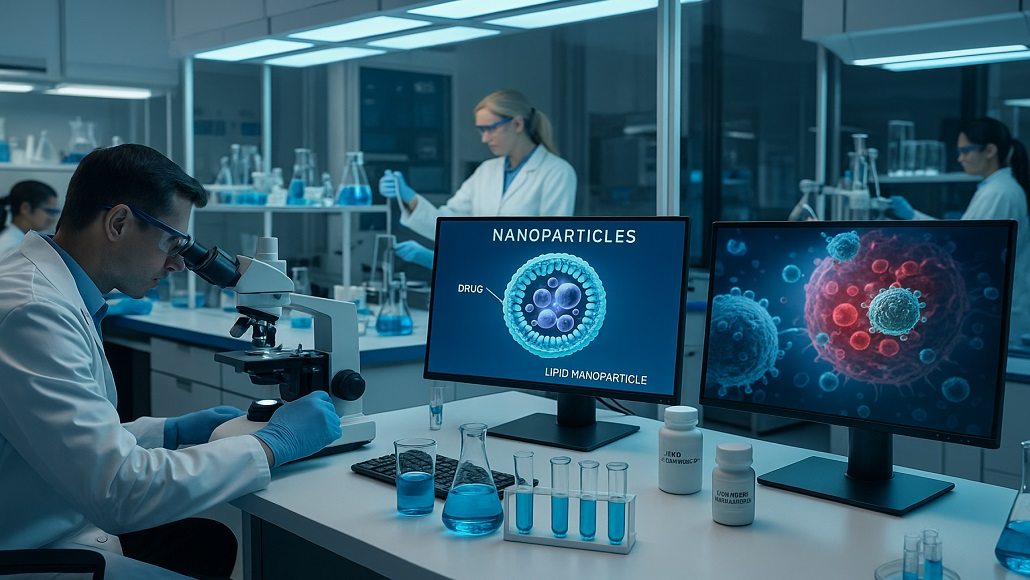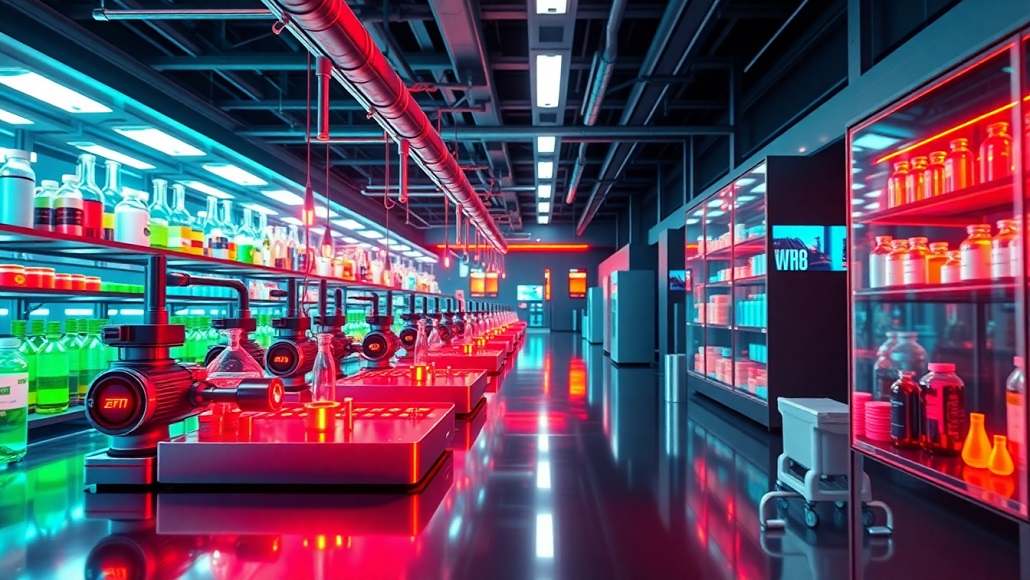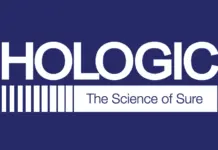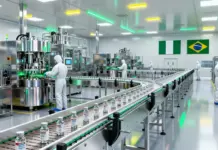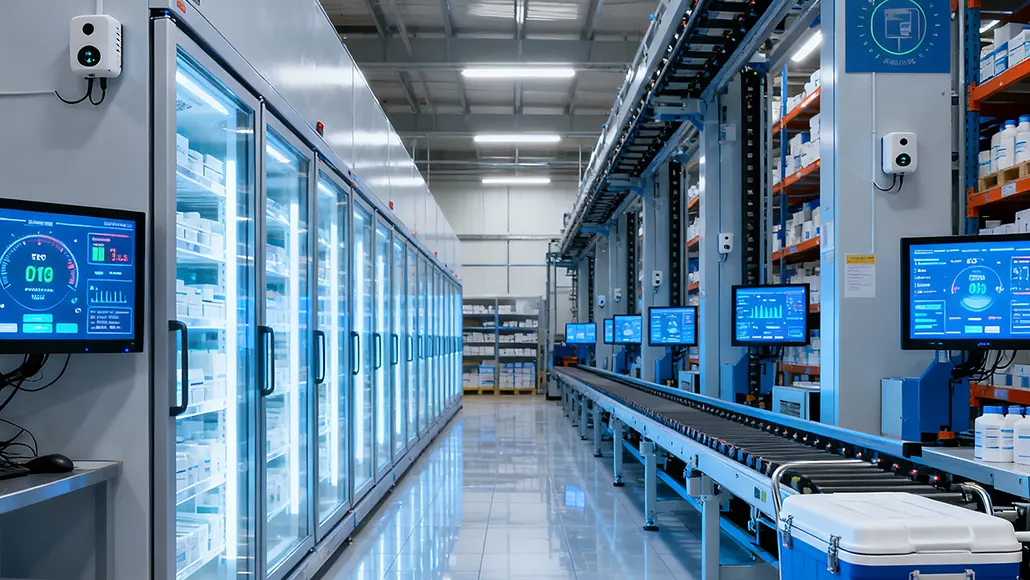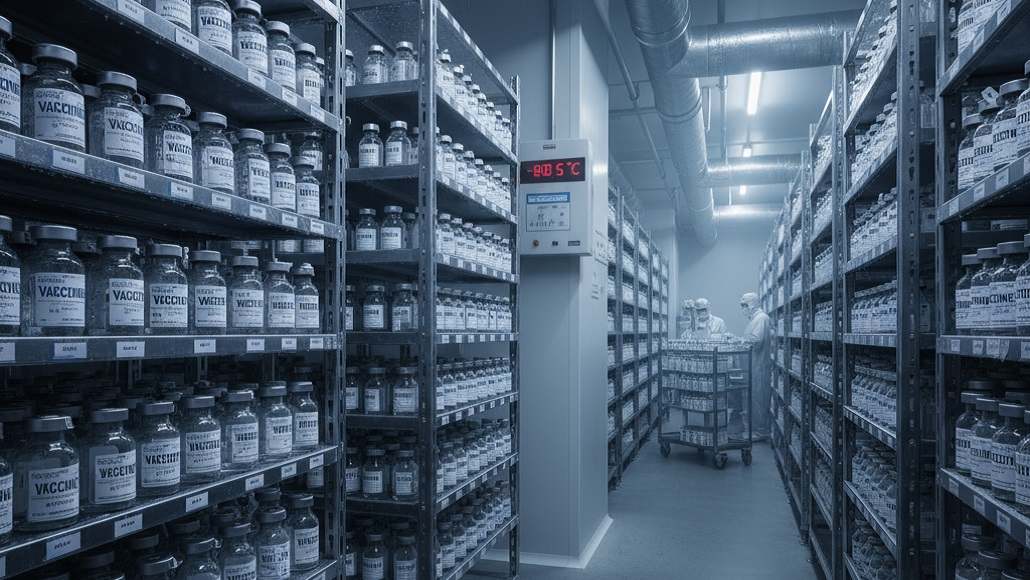Enhancing Stability and Shelf Life in Biologics Formulation
Biologic therapies have revolutionized treatment across diverse disease areas, yet their complex structures and sensitivity to environmental stressors pose formidable formulation challenges. Stability enhancement biologics formulation demands advanced approaches to preserve protein integrity through manufacturing, storage, and administration. This article explores cutting-edge stabilization strategies—from excipient innovations and advanced drying techniques to real-time analytics—ensuring longer shelf life, consistent quality, and sustained therapeutic performance for modern biologics.
The Fragile Nature of Therapeutic Proteins
Therapeutic proteins, including monoclonal antibodies, fusion proteins, and enzymes, exist as marginally stable entities where the native folded state represents a delicate equilibrium of weak non-covalent interactions. Hydrogen bonds, van der Waals forces, electrostatic attractions, and hydrophobic effects collectively maintain precise three-dimensional conformations essential for biological activity. Even minor perturbations in pH, temperature, mechanical stress, or interface exposure can disrupt this balance, triggering partial unfolding and aggregation pathways that compromise efficacy and safety.
Protein aggregation represents the most serious physical instability mechanism, forming soluble oligomers or insoluble particulates. Native state aggregation occurs through reversible associations among properly folded proteins, while unfolded state aggregation follows partial or complete unfolding exposing hydrophobic cores. These aggregation pathways lead to irreversible aggregate formation with potential immunogenicity risks, reduced potency, and altered pharmacokinetics. Regulatory agencies require stringent aggregate control, with subvisible particle levels monitored through orthogonal techniques including size exclusion chromatography, analytical ultracentrifugation, and flow imaging microscopy.
Chemical degradation pathways further threaten biologic stability. Oxidation of methionine, cysteine, tryptophan, and histidine residues occurs through reaction with reactive oxygen species, altering protein charge and conformation. Deamidation of asparagine and glutamine residues introduces negative charges disrupting protein stability. Disulfide bond shuffling can create non-native linkages, generating misfolded species prone to aggregation. Glycation, proteolytic cleavage, and photodegradation represent additional degradation pathways. Comprehensive stabilization strategies address both physical and chemical degradation to maintain product quality.
Excipient Innovations for Enhanced Stability
Excipients play critical roles in stabilizing biologics by modulating microenvironments and inhibiting destabilizing interactions. Sugars such as sucrose and trehalose demonstrate preferential exclusion from protein surfaces, thermodynamically favoring folded states and providing exceptional stabilization during freeze-drying and storage. Trehalose’s high glass transition temperature combined with water replacement capabilities preserves protein structures in the dried state, preventing collapse and aggregation.
Amino acids offer multifunctional protection. Arginine reduces aggregation by suppressing intermolecular interactions through preferential interactions and modulation of protein surface charge. Histidine provides dual benefits of buffering capacity at pH ranges compatible with protein stability and antioxidant properties mitigating oxidative degradation. Methionine serves as a sacrificial scavenger for reactive oxygen species, protecting critical methionine residues within therapeutic proteins.
Polysorbate surfactants prevent surface-induced aggregation by preferentially adsorbing at air-liquid and container-solution interfaces, shielding proteins from unfolding triggers at interfaces. However, polysorbate degradation through hydrolysis or oxidation generates peroxides and fatty acid esters that can compromise protein stability. Novel non-ionic surfactants and polymeric stabilizers with improved degradation profiles are emerging to address these limitations.
Polymeric excipients including hydroxypropyl methylcellulose and polyvinylpyrrolidone serve as precipitation inhibitors and stabilization agents in supersaturating formulations. For biologics, co-excipients combining multiple functionalities—such as amino acid–based ionic liquids providing both preferential exclusion and antioxidant effects—represent next-generation excipient innovations addressing multifactorial degradation pathways.
Advanced Drying and Formulation Techniques
Lyophilization remains the gold standard for long-term biologic stability, removing water through sublimation while maintaining protein structures within amorphous matrices stabilized by excipients. Critical formulation parameters include choosing cryoprotectants that preserve activity during freezing and lyoprotectants preventing collapse during primary and secondary drying. Controlled nucleation techniques optimize ice crystal formation, reducing variability in cake morphology and reconstitution times.
Spray freeze-drying offers alternative advantages, rapidly freezing droplets to create porous particles enabling rapid reconstitution while preserving protein integrity at cold temperatures. The process reduces thermal exposure compared to traditional lyophilization, benefiting thermally sensitive proteins. However, equipment complexity and scalability considerations influence adoption.
Formulating high-concentration biologics for subcutaneous administration introduces viscosity and stability challenges. Viscosity arises from protein-protein interactions amplified at high concentrations, complicating manufacturing operations and increasing injection force. Strategies addressing viscosity include pH optimization away from isoelectric points, salt or amino acid addition modulating electrostatic interactions, and incorporation of viscosity-reducing excipients. Novel rheology modifiers designed for biopharmaceutical applications offer additional control over viscosity and flow properties.
Continuous manufacturing of biologics incorporates real-time analytics and process control to streamline production while ensuring consistent product quality. Integration of in-line spectroscopic methods monitors critical quality attributes including protein concentration, aggregation levels, and excipient distribution, enabling immediate corrective actions. Continuous freeze-drying techniques under development promise dramatic reductions in cycle times and improved process efficiency compared to batch lyophilization.
Real-Time Stability Analytics and Digital Monitoring
Real-time stability analytics represent a paradigm shift from traditional stability studies relying on periodic sampling. Inline and at-line spectroscopic methods including Raman, infrared, and fluorescence spectroscopy provide continuous monitoring of protein structural integrity and excipient interactions during manufacturing and storage. Integration with advanced data analytics and machine learning enables early detection of stability deviations before traditional assays would detect changes.
Digital sensors embedded within packaging monitor temperature, humidity, and shock events during distribution, ensuring cold chain integrity for temperature-sensitive biologics. These digital records enable real-time tracking and root cause analysis for stability failures, reducing wastage and improving patient safety.
Regulatory Considerations and Comparability
Regulatory guidelines emphasize maintaining product quality through robust stability programs. ICH guidelines ICH Q1A(R2) define conditions and durations for stability testing, while ICH Q5C and Q6B provide specific guidance on biologic quality attributes and comparability requirements. Demonstrating stability enhancement strategies requires linking real-time stability analytics and accelerated studies to long-term shelf-life projections, supported by statistical models extrapolating degradation kinetics.
Comparability studies address manufacturing or formulation changes through rigorous analytical characterization ensuring maintained product quality. The risk-based approach evaluates potential impacts of changes on critical quality attributes, supported by bridging studies demonstrating equivalence. Quality by Design principles guide formulation and process design, identifying critical formulation parameters influencing stability and establishing design spaces ensuring consistent performance.
Future Directions and Emerging Stabilization Technologies
Stimuli-responsive excipients that release stabilizing agents in response to environmental triggers such as temperature shifts or oxidative stress represent emerging strategies. These intelligent materials could provide on-demand protection during storage or administration. Nanoparticle-based stabilizers, where encapsulated antioxidants or chaperone proteins release in targeted conditions, offer additional sophistication.
Gene editing approaches aiming to increase intrinsic protein stability through targeted amino acid substitutions guided by computational design are gaining traction. Machine learning models predict mutations enhancing thermal stability or reducing aggregation propensity without compromising biological activity. Combining protein engineering with advanced formulation strategies provides complementary stabilization pathways tackling both intrinsic and extrinsic instability factors.
Bioprinting technologies enabling solid-state biologic dosage forms with precise microstructures offer potential for on-demand printing of stable biologic formulations at point-of-care. Encapsulation within hydrogel matrices printed to patient-specific geometries could facilitate controlled release while preserving stability without cold chain requirements.
Conclusion
Stability enhancement biologics formulation represents a multifaceted scientific discipline addressing the unique vulnerabilities of therapeutic proteins. Advances in excipient design, drying technologies, real-time analytics, and digital monitoring converge to preserve biologic integrity from manufacture through delivery. As continuous manufacturing, stimuli-responsive materials, and computationally guided protein design mature, the next generation of stabilization technologies promises even greater control over biologic stability, extending shelf life, reducing wastage, and ensuring consistent therapeutic performance for patients worldwide.





